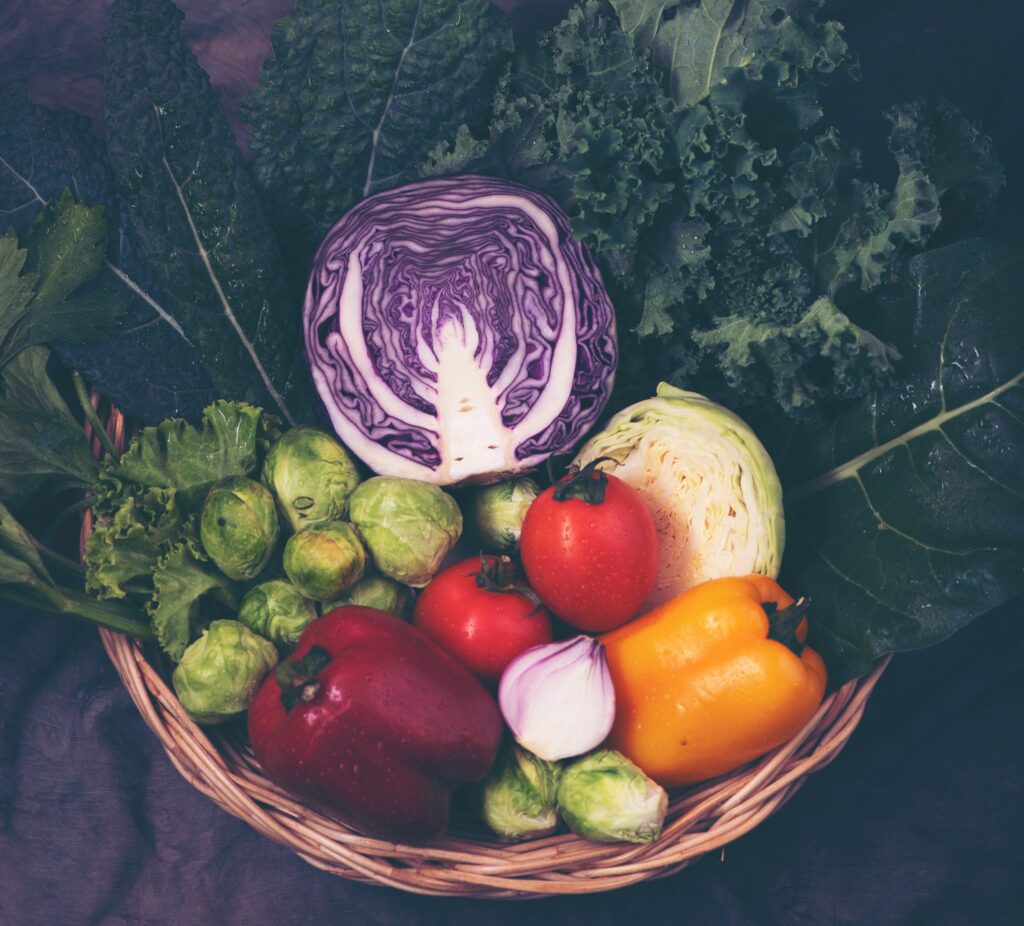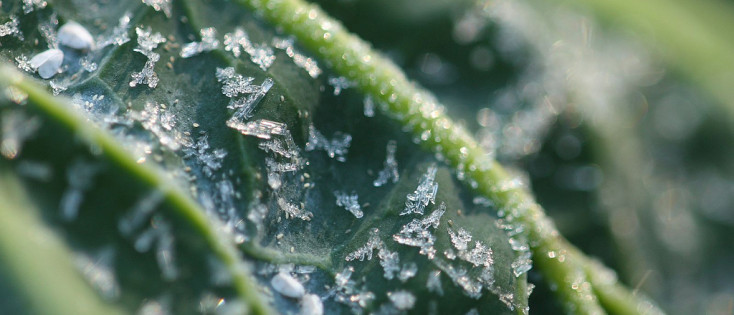
Can You Solarize Garden Woes Away?
Are weeds, pests, and diseases seriously invading your garden? If you’re at your wit’s end dealing with a large-scale problem, you can consider soil solarization. It may be the only solution to dealing with otherwise insurmountable problem weeds and soil-borne diseases.[1]
NOTE – Use with caution! Soil solarization has been called a “nuclear option” to be used only in extreme situations to deal with tenacious perennial weeds like creeping charlie and quackgrass and tough soil diseases like verticillium and fusarium wilt. It is sometimes, however, the only option to tackle large patches of invasive or aggressive weeds that cannot realistically be pulled.
Integrated Pest Management approaches are the wisest choice – Read More Here and start with these proven methods before considering solarization.
Soil solarization kills all organisms, even the beneficial ones. However, if it’s what you decide is necessary, be reassured that, in the long term, there will be enough good microbes surviving at deeper layers of the soil for recolonization afterward.

Raised Bed Solarization | Photo Credit: GardenBetty
What is Soil Solarization?
Soil solarization is a practice of disinfecting the soil of weeds, soil-borne diseases, and parasites in the soil by simply getting some help from the sun. The soil surface is covered with a thin clear plastic, which allows concentrated heat from the sun. Over 12 weeks, the soil temperatures will reach 35 – 60 degrees Celsius, which kills pathogens at the top 30 centimeters of soil.[2] After a season of this solar conditioning, the soil should be “pasteurized” – meaning it’s been cleansed of weed seeds and pathogens without the use of chemical contamination.[3]
Disease, Pest and Weed Control
Diseases
Solarization controls many important soil-borne fungal and bacterial plant pathogens, including those that cause Verticillium Wilt, Fusarium Wilt, Damping Off, Crown Gall Disease, Tomato Canker, and Potato Scab. Airborne bacteria and fungus will not be affected such as Rusts, Blights, and Mildews.
Pests
If solarization is used at the right time you can kiss those pesky Nematodes and the Squash Vine Borers goodbye. The Squash Vine Borer cocoons hatch in late June / early July when the mature insects emerge. It would be useless to solarize the soil expecting to kill them if you wait till mid-July, so time your attack properly and solarize before the emergence of the bugs.[4]
Weeds
Soil Solarization is most effective in controlling annual weed seeds that are closest to the surface as the hot sun destroys seed viability. Expect to quickly boil away Crabgrass, Black Medic, Purslane, Speedwell, Spotted Spurge, and Field Violets.
Solarizing can destroy invasive rhizomes lurking in soil but it has to be done precisely and correctly. Weeds like Canada Thistle and Creeping Charlie require the maximum time and temperature to die. Field Bindweed’s root system can go to 8 feet or more, but most roots are nearer the surface so some control can be gained with solarization. Careful application of a herbicide may still be needed.
Drawbacks of Soil Solarization
1. Soil solarization kills all organisms, even the beneficial ones. Be prepared to replace the beneficial organisms by adding compost to your soil after it has been solarized.
2. Solarization takes a lot of sunshine and time. Here in Ontario, this practice is only going to cook up your Creeping Charlie if you leave the plastic on from June until the end of August. The site must be located in full sun to get the time and heat of solarization required.
3. This practice may be less effective on sandy soil, which drains faster and produces less steam.[5] To maximize the benefit of solarization in sandy soils, water thoroughly before solarizing.
4. The environmental impact of disposing of large pieces of plastic should be considered before undertaking this project.
How to Solarize
Here are the steps to harness the heat of the sun and use it as a lethal agent against soil pests:
1. Clear the site of plants and any debris.
2. The goal is a smooth surface. This may require light tilling to level the soil.
3. Using a garden hose, soak the site to a depth of 1 foot until it’s moist, not waterlogged. Moisture helps conduct the heat in the soil profile.
4. Cover the area tightly with a 1 – 4 mil, clear painter’s plastic which gets hotter underneath than black plastic. (Greenhouse plastic that is UV resistant will not disintegrate and is the best choice. Keep in mind if the plastic is smoky or cloudy it will cut down on light transmission.) Black plastic doesn’t solarize but can block light and moisture so can give some benefit if it’s what you have available.
5. Use fasteners to secure the plastic in place. This will keep elements and weed seeds out while keeping the heat in. The idea is to keep your plastic as flat against the soil as possible, with no openings that could let in outside air as this will decrease the temperature under the plastic.
6. Repair any tears or holes in the plastic with duct tape. Wind, birds, and animals can cause holes, so check your plastic routinely and make repairs if needed.
7. Sit back and chill. You’ve done the hard work!>
8. When the end of August arrives, remove the plastic and don’t till as you may bring weed seeds to the surface. Plant as you wish or use a cover crop or add a thick layer of mulch.[6]

See all this condensation? That’s what you want, every day. Photo Credit: Garden Betty
Now that you know “the dirt” on solarization, don’t let weeds and soil diseases keep you from having the garden of your dreams. A little patience and solar assistance can bake your worst garden woes away.
[1] PBS: Soil Solarization, What it Can and Cannot Do, 2018
[2] Katan, J. & Gamliel, A. Soil Solarization as Integrated Pest Management, Page 89 – 90, 2017
[3] Mother Earth News, Prevent Weeds With Solarization, 1982
[4] OMAFRA, The Online Gardener’s Handbook 2010
[5] Masabni, J. Extension Horticulturist, Soil Solarization
[6] Garden’s Alive, The Rules of Soil Solarization





About The Author: Darlene Davis
Darlene's gardening expertise encompasses a range of areas, including organic gardening practices, pollinator gardening and flower farming. She is an experienced flower farmer with a wealth of knowledge in Floriculture. Darlene is an alumna of the University of Guelph's Horticulture program, as well as the Gardener's Workshop and the Floret Workshop.
More posts by Darlene Davis